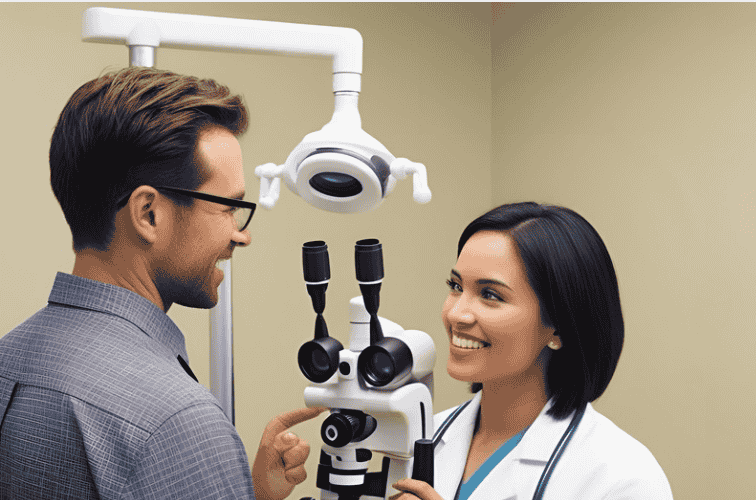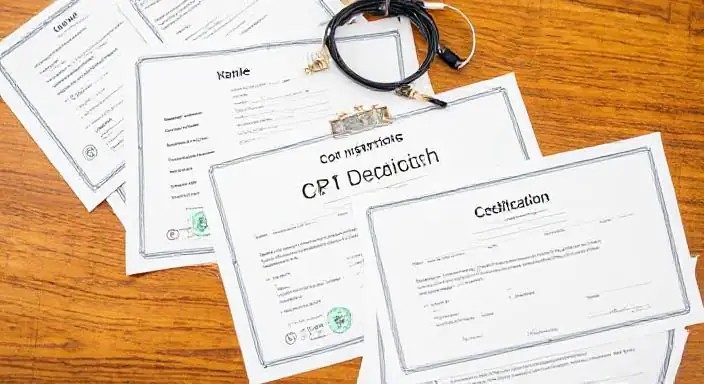CPT Code 92012 is used for intermediate-level eye examinations for established patients. This code is typically reported when an eye care professional evaluates and manages an existing ocular condition or addresses a new issue requiring diagnosis and treatment planning.
Unlike comprehensive exams, intermediate eye exams focus on specific problems and involve medical decision-making rather than a full visual system assessment.
What Does CPT Code 92012 Include?
This type of exam usually involves:
- Assessing visual acuity
- Reviewing ocular and systemic history
- Performing necessary diagnostic tests
- Managing pre-existing or new conditions
It is commonly used in follow-up care for glaucoma, cataracts, diabetic eye disease, and other chronic eye conditions.
Key Features of CPT Code 92012
- Established Patients Only
Applies to patients seen by the provider within the last three years. - Detailed Eye Assessment
Includes examination of the eyes and adnexal structures. - Comprehensive Clinical Evaluation
Involves history-taking, medical observation, external eye exam, and relevant diagnostic tests. - When Indicated: Slit-Lamp Exam
Performed when clinically necessary for better internal eye examination. - Medical Decision-Making
Supports initiation or continuation of a diagnostic or treatment plan.
When to Use CPT Code 92012
Here are some common scenarios where 92012 is appropriately used:
- Follow-Up Appointments
Monitoring progress of conditions like glaucoma or diabetic retinopathy. - New Eye Complaints in Established Patients
Addressing pain, redness, or blurred vision. - Post-Treatment Assessment
Evaluating response to previous treatments or medications.
The Importance of Accurate Documentation
Proper documentation is crucial for:
- Proving Medical Necessity
Justifies why the exam was needed. - Supporting Claim Submission
Confirms that all components of a 92012 exam were completed. - Avoiding Claim Denials
Thorough notes reduce billing errors and rejections. - Audit Readiness
Ensures compliance and protects during audits.
Common Billing Mistakes to Avoid for CPT 92012
❌ 1. Billing for New Patients
Mistake: Using 92012 for a new patient visit.
Fix: Use 92004 or 9920X/9921X, depending on the situation.
❌ 2. Not Meeting Intermediate Exam Criteria
Mistake: Insufficient history, exam, or treatment.
Fix: Ensure full clinical evaluation and management were provided.
❌ 3. Billing for Routine Vision Exams
Mistake: No medical issue addressed—just a vision check.
Fix: Use routine vision codes or consider private pay options.
❌ 4. Lack of Documentation
Mistake: Missing medical details in chart notes.
Fix: Include:
- Chief complaint
- Relevant history and physical exam
- Diagnostic findings
- Treatment plan
❌ 5. Misuse with E/M Codes
Mistake: Billing 92012 with E/M codes like 9921X without reason.
Fix: Only bill both when separate services are performed, using modifier -25.
❌ 6. Incorrect or Missing Modifiers
Mistake: Forgetting to add modifier -25 when needed.
Fix: Use when an additional, distinct procedure is done on the same day.
❌ 7. Unsupported Diagnosis
Mistake: Using a diagnosis like uncomplicated myopia.
Fix: Choose diagnoses that support medical necessity (e.g., glaucoma, dry eye, retinopathy).
✅ Quick Tips for Correct Billing of CPT 92012
- Patient must be established
- Ensure there’s a medical reason for the visit
- Document an intermediate-level exam
- Include diagnosis and treatment decision
- Use appropriate ICD-10 codes



